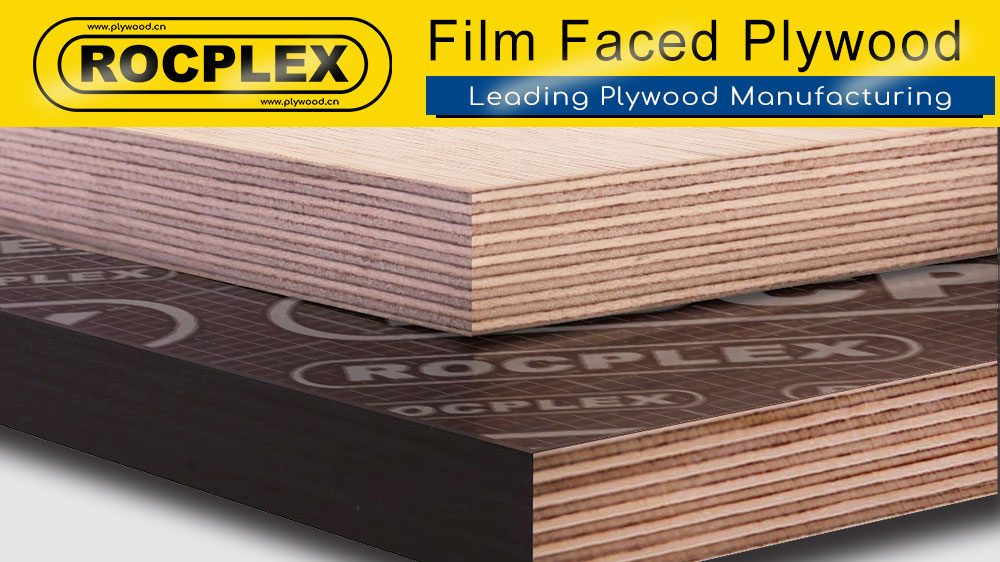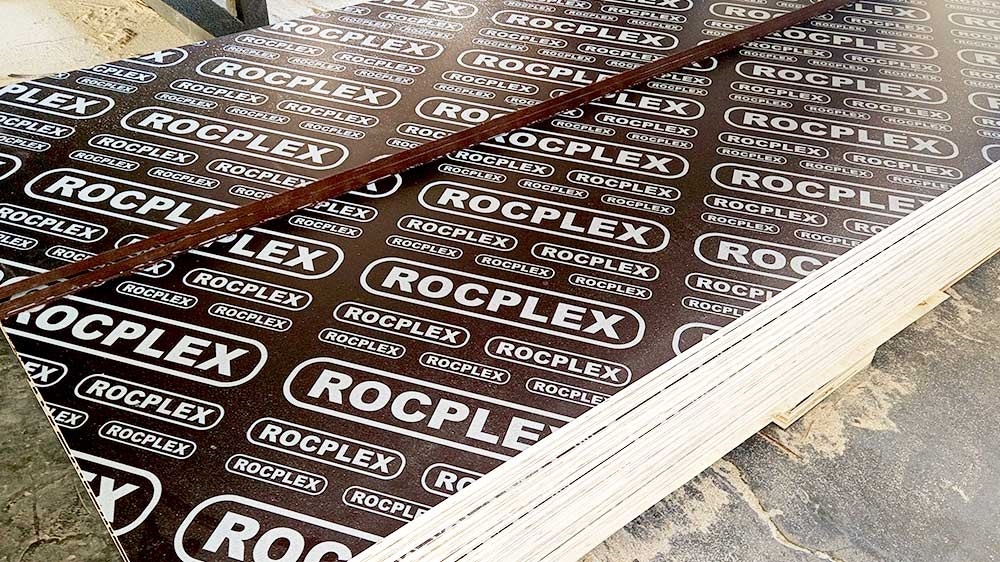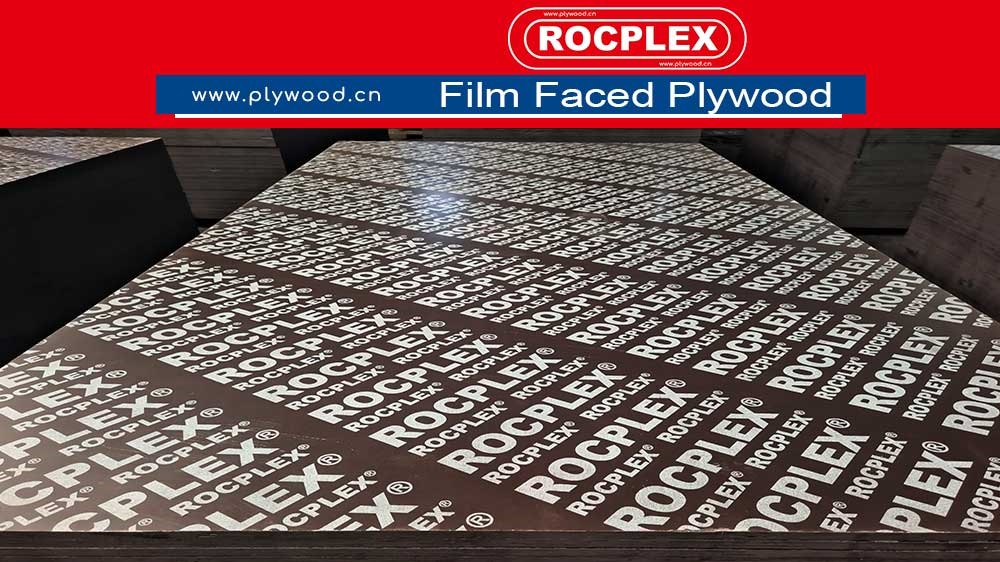What is Formwork Ply?
Formwork ply, often termed shuttering plywood, is a specialized plywood used in construction to mold concrete into desired shapes. It is composed of multiple layers of wood veneers, bonded with strong adhesives, often phenolic, making it sturdy and water-resistant. Formwork ply is typically used as a temporary structure to hold and shape concrete until it hardens, playing a vital role in the creation of foundations, columns, slabs, and beams. It offers flexibility and durability, ensuring even the most complex structures can be accurately formed with ease. Its surface treatment helps in achieving a smooth finish, contributing to the overall quality of concrete work. The use of high-quality formwork ply ensures repeat usability, adding to its cost-effectiveness and reliability.
Advantages of Using Formwork Ply
Formwork ply has numerous benefits, making it indispensable in construction projects. Its water resistance helps withstand concrete moisture during curing, extending its lifespan and preventing deformation. Concrete form plywood is also lightweight yet strong, simplifying handling and reducing labor costs. Its smooth surface ensures concrete maintains its intended form, producing precise and aesthetically pleasing results. Contractors appreciate the ease of customization; formwork plywood can be cut into different shapes and sizes as per project requirements.
Types of Formwork Ply
There are different types of formwork ply, each tailored for specific uses in construction.
1. Phenolic Formwork Plywood
Phenolic formwork ply is coated with a phenolic film. This coating enhances moisture resistance and provides a smooth, non-stick surface, making it ideal for concrete pouring. This type of formwork ply is particularly popular in environments where moisture and exposure to chemicals are frequent. The phenolic coating offers added durability and resistance in such conditions. It also ensures a high-quality finish on the concrete surface, reducing the need for additional treatment or sanding.
2. Structural Form Plywood
Structural form ply is known for its high strength and versatility. It is designed for heavy-duty applications such as formwork for multi-level buildings and large infrastructure projects. The structural integrity of this plywood makes it a top choice for engineers and builders when dealing with larger projects that require a strong and stable mold. Additionally, structural form ply is tested for load-bearing capabilities, making it suitable for applications where strength is a priority. It is also treated to resist fungal decay and termite attacks, ensuring it remains effective throughout the project.
3. Shuttering Plywood
Shuttering plywood is used extensively in construction for its flexibility and durability. Its ability to form curved or non-standard shapes makes it suitable for a variety of concrete structures. Shuttering plywood is designed to hold wet concrete in place until it sets. This makes it a crucial component in forming foundations, walls, and other architectural elements. It is available in various thicknesses, allowing builders to select the appropriate grade based on the specific requirements of the construction site.
How Formwork Ply Contributes to Construction Projects
Formwork ply is crucial in enabling precise construction. Its water resistance and ability to withstand high pressure make it perfect for shaping concrete. Builders prefer formwork plywood due to its ability to produce a uniform concrete surface, which leads to reduced post-pour finishing work. Its durability also ensures multiple reuses, making it cost-effective over time.
Formwork ply’s role in construction is multifaceted. It’s not only provides the necessary support to keep the concrete in place during the curing process but also ensures that the final concrete structure meets design specifications. It helps achieve a smooth and even finish. The high-quality finish provided by film faced plywood reduces the need for additional plastering or finishing. This saves time and reduces costs. Moreover, film faced plywood can be adapted to different shapes, allowing for architectural flexibility and creativity.
Common Uses of Formwork Plywood
Formwork ply is widely used in construction for tasks such as:
Creating Concrete Molds: Used for molding concrete into various shapes, such as foundations, columns, beams, and walls. The ability to create these molds accurately is essential for maintaining the structural integrity of a building.
Providing Support for Slabs and Decks: During the curing phase, shuttering acts as a supportive structure for slabs and decks. It ensures they remain in place and maintain their intended form.
Infrastructure Projects: Formwork ply is frequently used in large-scale infrastructure projects, including bridges, tunnels, and highways, where it provides the necessary support for complex concrete structures.
Architectural Elements: Custom architectural elements, such as decorative walls or unique concrete designs, are made possible with formwork ply’s adaptability to different shapes and sizes. This allows for greater creativity and flexibility in building design.
Formwork for Staircases and Curved Structures: The flexibility of shuttering plywood makes it particularly suitable for forming curved or non-standard shapes, such as staircases, arches, and other curved structures in architectural designs.
Key Features of Formwork Plywood
Formwork plywood is known for several features that enhance its performance in construction:
Water Resistance: The adhesive used, typically phenolic resin, ensures that the plywood can resist water, keeping its shape intact throughout the construction process. This water resistance is crucial because construction plywood often comes into contact with wet concrete. It must maintain its structural integrity without swelling or warping.
Smooth Surface: A film coating provides a smooth and non-stick surface, which helps in easy removal after the concrete has cured. This results in a cleaner and more uniform concrete surface, minimizing the need for additional surface treatment. The smooth surface also helps in reducing the likelihood of concrete adhering to the plywood, which can damage both the concrete structure and the formwork ply.
High Durability: Built with multiple layers of wood veneer, formwork plywood offers excellent strength, which makes it reliable for heavy-duty uses. The layers are bonded with strong adhesives, ensuring that the plywood remains intact even under significant pressure from wet concrete. The durability of formwork ply also allows it to be reused multiple times, making it a cost-effective option for contractors.
Reusable: The ply can be reused multiple times, making it both economically viable and environmentally friendly. Depending on the quality and type of plywood used, formwork ply can often be reused up to 10 times or more, provided it is well-maintained. This reusability makes it an attractive option for builders looking to reduce material costs without compromising on quality.
Selecting the Right Formwork Ply for Your Project
When choosing formwork ply for a construction project, there are several factors to consider:
Project Size: Larger projects may require slab plywood that can handle more weight and pressure. Structural form ply is ideal for multi-story buildings, bridges, and other infrastructure projects where strength and load-bearing capacity are critical.
Concrete Type: The type of concrete you use can determine the ply needed. Phenolic formwork ply is better suited for high moisture environments. If the concrete mix contains a high amount of water, phenolic-coated formwork ply will provide better results. The coating prevents the absorption of moisture, which could otherwise weaken the plywood.
Reusability: For cost efficiency, ensure that the construction plywood you select is durable enough for multiple uses. High-quality phenolic formwork ply is more likely to withstand repeated use compared to lower-grade plywood, which may degrade quickly after only a few uses. Investing in a higher-quality product initially can lead to greater savings in the long run.
Maintenance Tips for Formwork Plywood
To get the most out of formwork ply, it’s essential to maintain it properly:
Clean After Use: Remove any concrete residue to maintain the surface integrity of the plywood. Concrete residue can cause damage to the phenolic coating or the wood itself, reducing the lifespan of the formwork ply. Using a soft brush or water spray can help remove excess concrete effectively.
Store Properly: Always store in a dry place to avoid warping or weakening of the ply. Moisture can compromise the adhesive used in the plywood, causing the layers to separate over time. It is advisable to stack formwork ply horizontally and cover it with a waterproof sheet to prevent exposure to moisture.
Use Formwork Release Agents: These agents can prevent concrete from sticking to the ply, ensuring easier removal and prolonging the lifespan of the plywood. Applying a thin layer of release agent before each use can significantly reduce wear and tear. This helps ensure that the formwork ply remains in good condition for multiple uses.
Inspect Regularly: Regular inspection of formwork ply is essential to identify any damage or signs of wear. Cracks, warping, or delamination should be addressed immediately to prevent any compromise to the structural integrity of the concrete mold. Replacing damaged panels ensures the safety and quality of the construction work.
Environmental Considerations
Formwork ply also plays a role in sustainable construction practices. The ability to reuse formwork plywood reduces the need for new raw materials, contributing to a decrease in overall resource consumption. Many manufacturers are also focusing on producing formwork plywood using wood from sustainable sources, further supporting environmentally-friendly construction methods. Using formwork ply responsibly can minimize waste and help in achieving a more sustainable construction cycle.
Applications Beyond Construction
While formwork plywood is predominantly used in construction, it also finds applications in other areas:
Event Staging: Temporary stages and platforms for events often use formwork plywood due to its strength and ability to support heavy loads.
Furniture Making: In some cases, the smooth surface of formwork ply makes it suitable for creating industrial-style furniture, such as tables and shelves.
Packaging: Heavy-duty crates and packaging for machinery or large equipment sometimes use formwork ply for its durability and resistance to impact.
FAQs About Formwork Ply
Q: What is formwork ply used for?
A: Formwork plywood is used to mold concrete into specific shapes during construction, such as columns, beams, and slabs.
Q: How many times can formwork ply be reused?
A: Depending on the quality, formwork plywood can typically be reused 5-10 times with proper care.
Q: What makes phenolic formwork ply different?
A: Phenolic formwork ply has a phenolic film coating, which offers better water resistance and smoother concrete finishes.
Q: Is formwork ply waterproof?
A: While not entirely waterproof, formwork plywood is highly water-resistant due to its phenolic resin bonding, making it suitable for concrete curing.
Q: What thickness is ideal for formwork ply?
A: The common thicknesses range from 12mm to 21mm, with the choice depending on the load and application requirements.
Q: How do you extend the lifespan of formwork ply?
A: Proper maintenance, including cleaning after each use, storing in a dry environment, and using release agents, can extend its lifespan.
Formwork Ply Guide: Essential Uses and Features
Formwork ply, with its versatility and strength, is an essential material in the construction industry. Whether for basic concrete molds or complex shapes, shuttering plywood’s performance helps ensure high-quality construction outcomes. It contributes significantly to the integrity of structures. Proper maintenance and understanding of the different types of formwork ply allow for its efficient use. This makes it a favorite choice among construction professionals. By selecting the right type of formwork ply and taking proper care of it, builders can achieve reliable, cost-effective, and sustainable results in their projects.
Post time: Feb-12-2025




